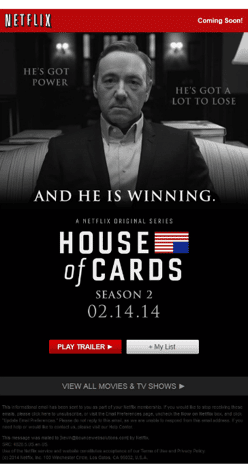
What It Takes To Build A Million $ Experiment
A few years ago, we created an experiment that unlocked 4-million-dollar incremental revenue over a year for one of our subscription clients. Since then, we've replicated this winning formula multiple times driving incremental growth for numerous clients. I wanted to share the six key principles we apply to get there. 1) Address the optimizers' guilty pleasure Optimizers have a natural tendency to build tests to try something new, as opposed to fixing a deep problem users are facing. These novel...
HELLO!
This premium article is exclusively reserved for Subscription Insider PRO members.
Want access to premium member-only content like this article? Plus, conference discounts and other benefits? We deliver the information you need, for improved decision-making, skills, and subscription business profitability. Check out these membership options!
Learn more about Subscription Insider PRO memberships!
Already a Subscription Insider PRO Member?
Please Log-In Here!








